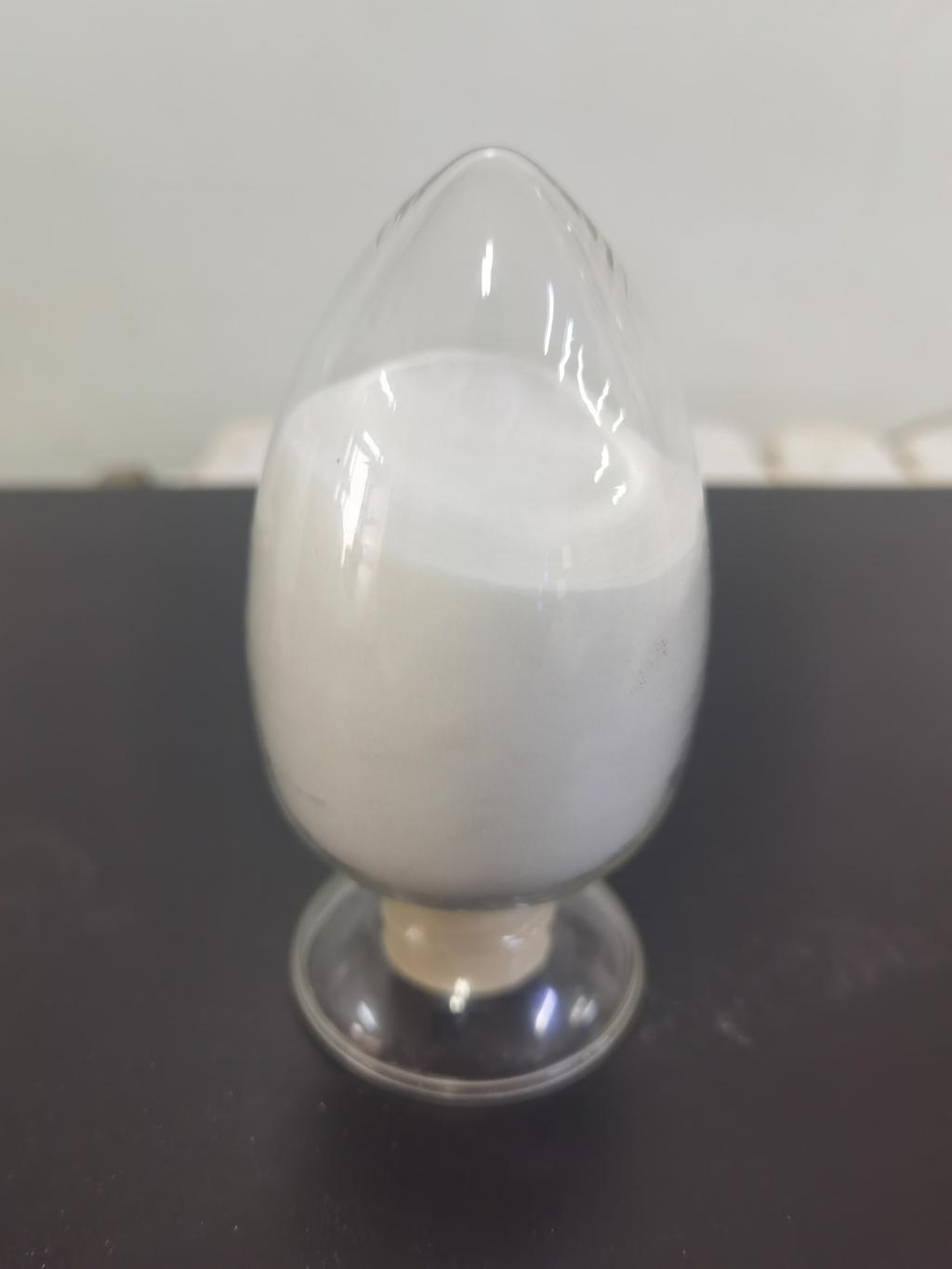Tel:+8618231198596

News
 CONTACT
CONTACT
 CONTACT
CONTACT
- Linkman:Linda Yao
- Tel: +8618231198596
- Email:linda.yao@dcpharma.cn
- Linkman:CHARLES.WANG
- Department:Overseas
- Tel: 0086 0311-85537378 0086 0311-85539701
News
What are potential applications of ε-Polylysine hydrochloride in the pharmaceutical industry?
TIME:2023-07-20
Drug Delivery Systems:
2.1. Nanoparticles and Microparticles: ε-Polylysine hydrochloride can serve as a matrix for encapsulating and delivering drugs, vaccines, or bioactive compounds in nanoparticle or microparticle form. Its biodegradability and biocompatibility make it suitable for controlled and sustained drug release.
2.2. Hydrogels: Hydrogels containing ε-polylysine hydrochloride can provide a three-dimensional network for drug entrapment and delivery. These systems offer the advantage of localized and targeted drug release, promoting better therapeutic outcomes and reducing potential side effects.
Antimicrobial Agents:
3.1. Antibacterial Formulations: ε-Polylysine hydrochloride's potent antimicrobial activity against a broad spectrum of bacteria makes it a promising candidate for the development of new antibacterial formulations, either as standalone agents or in combination with other antimicrobials.
3.2. Antiviral Applications: Recent studies have shown that ε-polylysine hydrochloride exhibits inhibitory effects against certain viruses. As the need for antiviral therapeutics grows, this property opens doors for further research in developing antiviral agents.
Wound Dressings:
ε-Polylysine hydrochloride incorporated into wound dressings can provide antimicrobial properties, reducing the risk of infections and promoting faster wound healing. Its biocompatibility ensures minimal irritation and improved patient comfort.
Biomedical Coatings:
ε-Polylysine hydrochloride can be used as a coating material for medical devices, implants, and surgical instruments. The antimicrobial properties of the coating help prevent biofilm formation and device-related infections.
Immunomodulatory Effects:
Emerging research suggests that ε-polylysine hydrochloride may possess immunomodulatory properties. Its interaction with immune cells could potentially be harnessed for the development of immunotherapeutic applications.
Biodegradable Sutures and Scaffolds:
Incorporating ε-polylysine hydrochloride into biodegradable sutures and tissue scaffolds can enhance their antimicrobial properties, reduce the risk of post-surgical infections, and promote tissue regeneration.
Safety and Biocompatibility:
ε-Polylysine hydrochloride has demonstrated excellent biocompatibility, indicating its potential for use in various pharmaceutical applications without causing adverse reactions or cytotoxicity.
Formulation Considerations:
Researchers and pharmaceutical developers need to optimize the formulation of ε-polylysine hydrochloride-based products to achieve the desired drug release profiles, stability, and performance in specific applications.
Regulatory Considerations:
As ε-polylysine hydrochloride ventures into the pharmaceutical sector, regulatory requirements, including safety evaluations and clinical trials, must be met to ensure its safe and effective use in pharmaceutical products.
Potential Challenges:
Despite its promising properties, some challenges may need to be addressed, such as scalability of production, stability in various formulations, and cost-effectiveness in large-scale applications.
Conclusion:
The versatility of ε-polylysine hydrochloride as a biocompatible and antimicrobial compound opens up exciting possibilities for its applications in the pharmaceutical industry. From drug delivery systems to antimicrobial agents, wound dressings, biomedical coatings, and more, this natural compound holds significant potential for advancing drug development, healthcare, and patient outcomes. As research and development efforts continue, the integration of ε-polylysine hydrochloride into pharmaceutical products could contribute to safer, more effective treatments and innovations in the pharmaceutical field.
- Tel:+8618231198596
- Whatsapp:18231198596
- Chat With Skype







